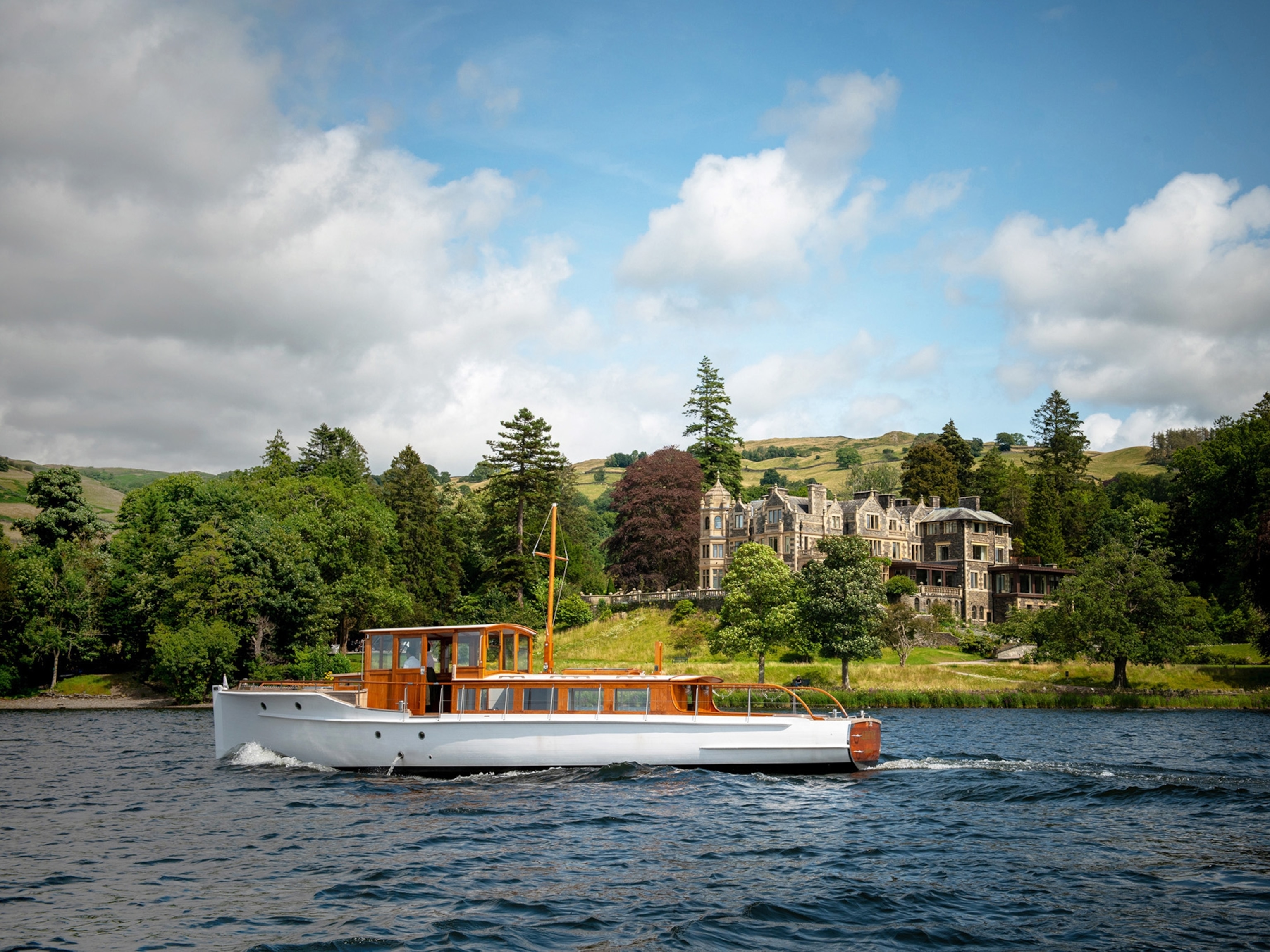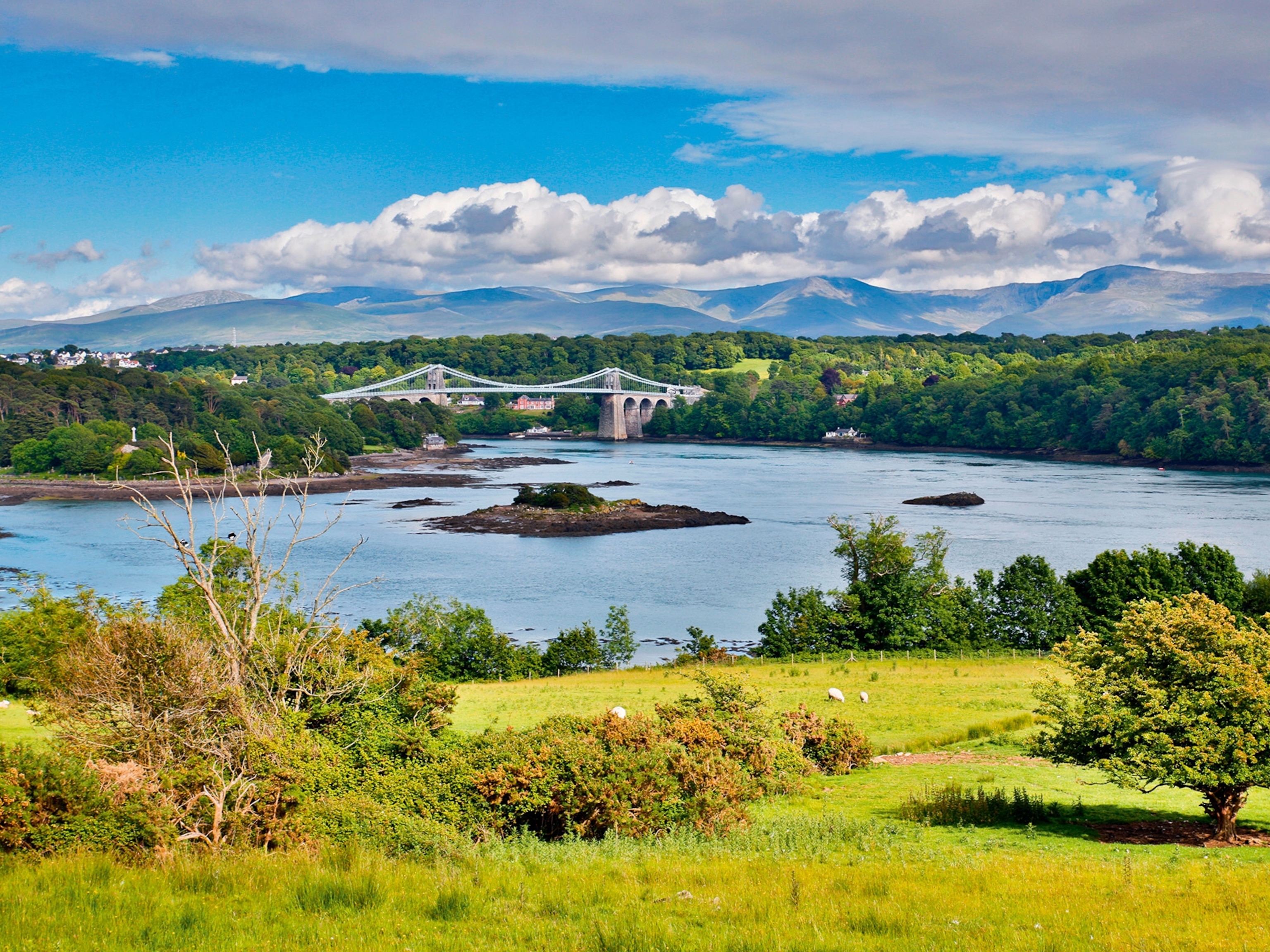How to plan an autumn camping trip in the UK
Packing your tent and embarking on an adventure — taking in the UK's national parks, ancient woodland and rolling hills — is a great way to enjoy the colourful autumn foliage.
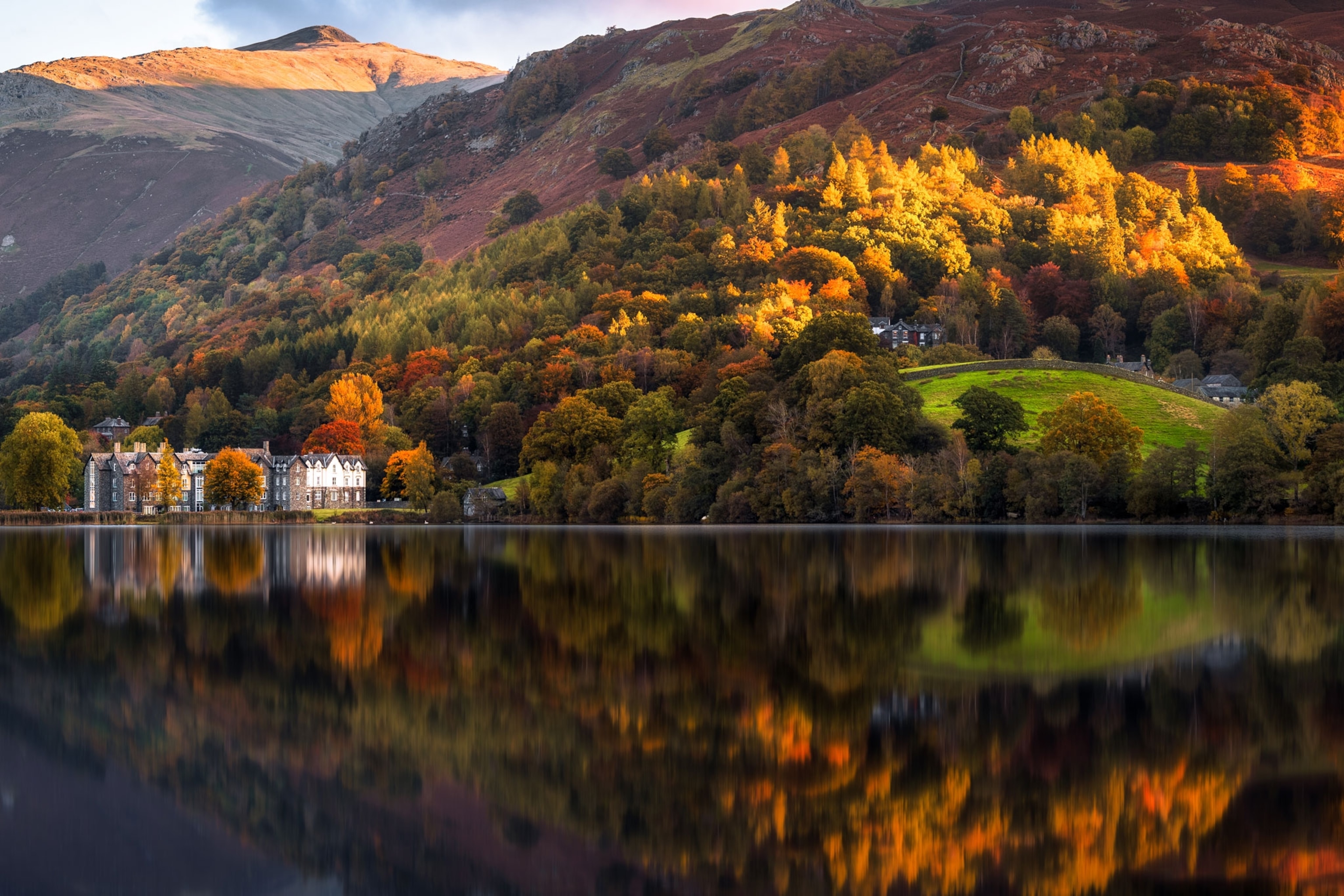
Like the slow twirl of a winged seed falling from a maple tree, autumn camping can be a remarkable thing: sharp, bright mornings around the embers of the campfire and crisp nights spent stargazing. Autumn is a time to notice the plump berries that grow on the bushes and the swallows that swoop overhead before making their way to warmer climes. As more campsites stay open past summer — legislation passed in July 2023 allows landowners to operate pop-up campsites for 60 days, rather than the previous 28 — autumn presents ample opportunity to immerse yourself in the golds, coppers and bronzes of the new season. Here's all you need to know to plan a prime UK autumn camping trip.
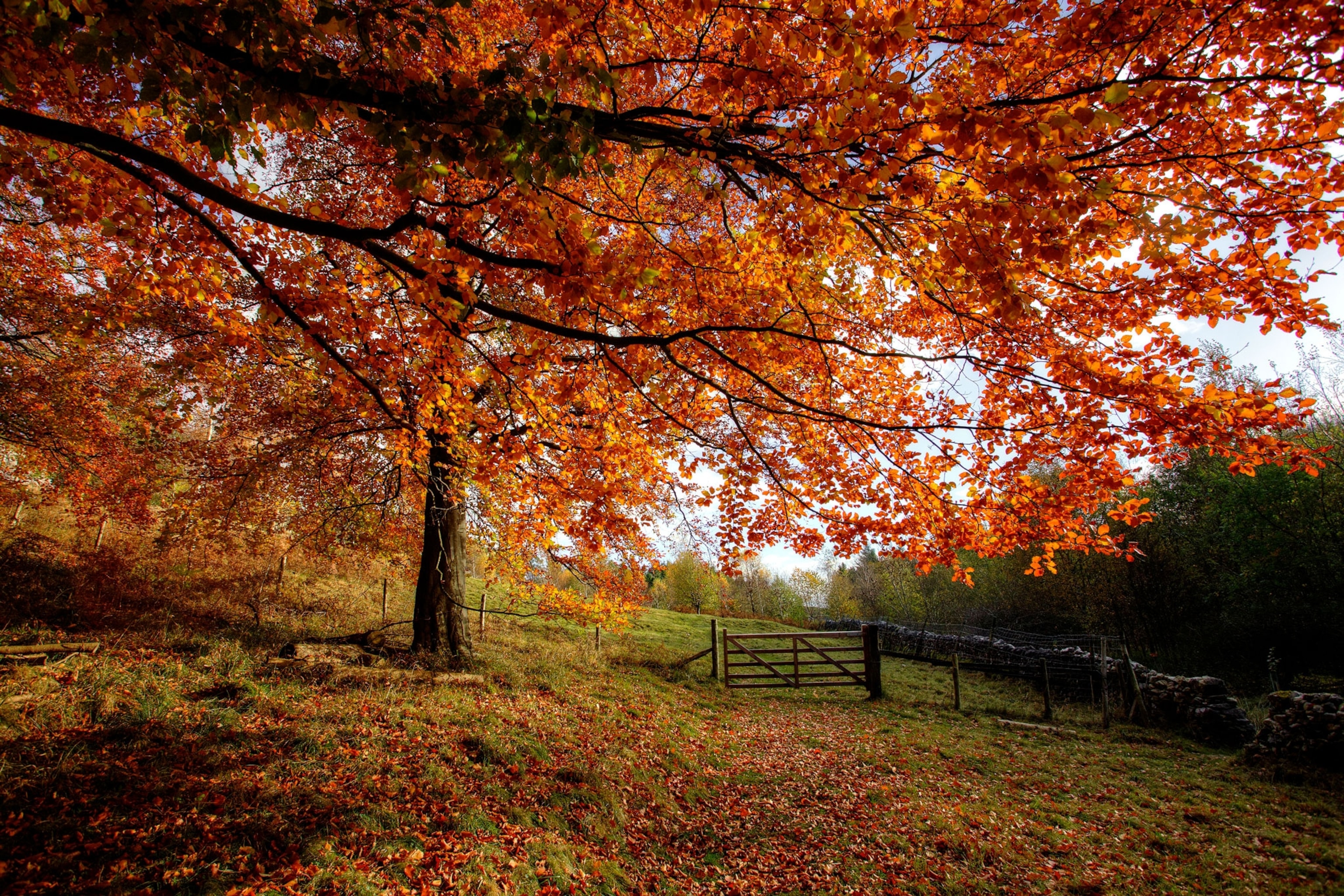
Consider your campsite
Start by carefully choosing your campsite: are you most motivated by adventurous activities, beautiful landscapes or state-of-the-art facilities?
For those wanting to bask in autumn's natural beauty, the New Forest’s Ornamental Drive at Rhinefield, in particular, presents a spectacularly golden display, while the woods surrounding Ullswater — England's second-largest lake — morph into a palette of rich ambers, buttery yellows and salty caramels. The Lake District is easily explored on foot, but there's always a risk of a few autumn showers. So, if you're a keen hiker, head for a campground such as Eskdale Campsite in Boot, Cumbria or Castlerigg Farm Camping in Keswick, both of which have drying rooms for your wet weather gear should it rain.
The cooler autumn weather also makes glamping a much more appealing option, with hot tubs, outdoor baths and woodburning stoves often available keep you warm. In Yorkshire, A Place In The Pines has a safari tent and a Scandinavian cabin with a deep, bronze bathtub, while the Orchard Yurt on Lombard Farm in Cornwall has its own bubbling whirlpool bath perfect for winding down.
It's important to remember, though, that some onsite shops may have reduced opening hours after the peak season, so it's always a good idea to check that all the amenities you need will be open at your chosen campsite before you book.
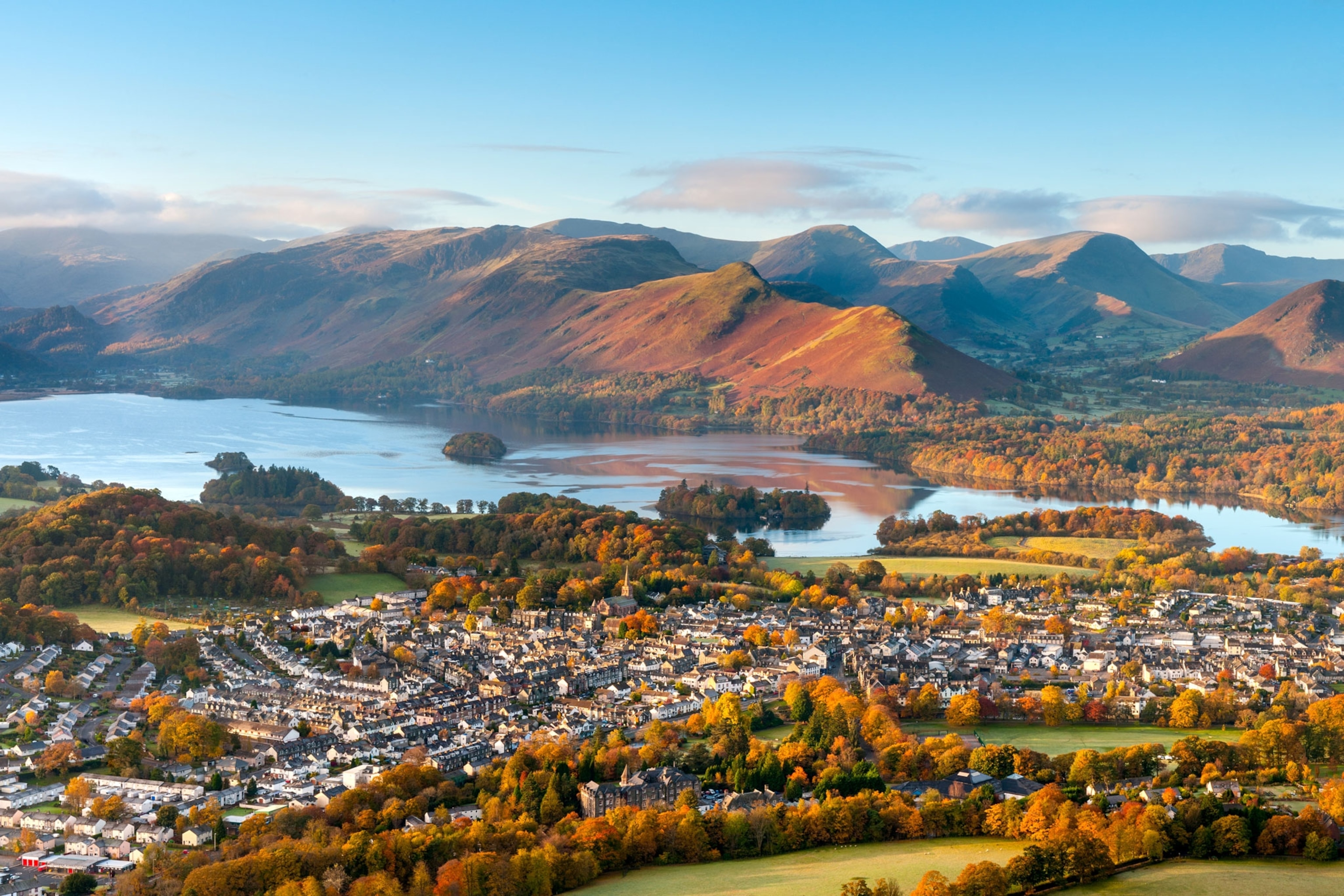
Be sure to prepare
For those sticking to self-pitching, ensure you have the right gear for the weather and check your equipment before you go. Take a double-skinned tent for extra protection in wet weather and peg your tent down properly, including the guy ropes, to ensure there’s space between the layers to prevent condensation. A good quality tarpaulin on the floor will add an extra layer of protection from the cold and a raised camp bed can provide a better night’s sleep than an air mattress or sleeping bag. And make sure you choose a pitch towards the top of a hill or in a spot that’s unlikely to flood should it rain.
Finally, pack battery-powered lamps, head torches and fairy lights — both for necessity and to add atmosphere during the darker evenings that come with autumn. Though the air may be cooler, there’s something uniquely special about curling up in a sleeping bag and falling asleep to the sounds of nature.
Go wild
Wild camping — pitching up in a remote area with no facilities — is legal across much of Scotland, though there are some areas where it’s been disallowed due to overuse, so do your research first. In general, campers can discreetly pitch up in areas that are not enclosed, such as a farmer’s field, however they must leave no trace of their visit when they leave. The practice is illegal in Wales and Northern Ireland and most of England, but campers can stay overnight in Dartmoor, after a decision to ban wild camping in the area was overturned this year.

Sample different sites
Sometimes, it’s worth camping in several places to make the most of the changing seasons. Glen Affric, west of Loch Ness in the Scottish Highlands, is a wonderful place to be in autumn, with stags rutting on misty mornings and bracken, birch and oak trees putting on a firework-like display. There are several campsites in the area that follow the icy rush of the River Affric, some connected by single-track forest lanes. Consider hiking between them on small day treks, staying in a new glamping campsite as you head east, from Craskie Glamping Pods to BCC Loch Ness Glamping, and onto the Coiltie Glampod site.
Three more unmissable autumn campsites
1. Cefn Coed, Gwynedd
Ever-popular Yr Wyddfa (Snowdon) is the big draw in this part of Wales, so stumbling across the sheltered ancient oak woodland of Cefn Coed (‘Back of the Woods’) proves something of a balm. Located within Eryri National Park (Snowdonia), this historic 75-acre estate offers nature and quietude and has ringside seats for when the leaves change colour.
2. Comrie Croft, Perthshire
With almost 55 miles of walking and biking trails to enjoy, plus more than 40 munros within an hour’s drive, Comrie Croft is the ideal base from which campers can explore the surrounding Perthshire wilderness. It has its own birch woodland, which is beautiful in autumn.
3. Drum Manor Forest Park, County Tyrone
This 231-acre forest park near Cookstown in Northern Ireland is filled with a mature mix of cedar, Scots pine, beech and oak trees — all accessible via waymarked trails — plus an arboretum that’s blush in reds and pinks come September. The campsite is close to the waterfalls and gorges of the Sperrin Area of Outstanding Natural Beauty.
With autumn meaning shorter days, it's essential to keep your campsite well lit and powered. Consider GP AA or AAA batteries, which benefit from longer-lasting power and stronger leak-proofing thanks to cutting-edge G-TECH advancements. For more information, visit gpbatteries.world/NGT



